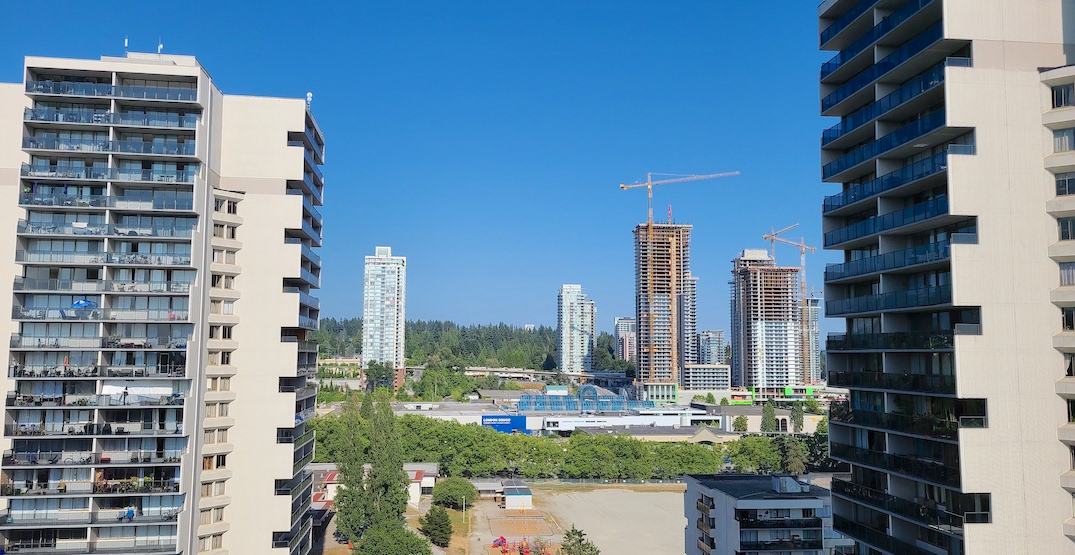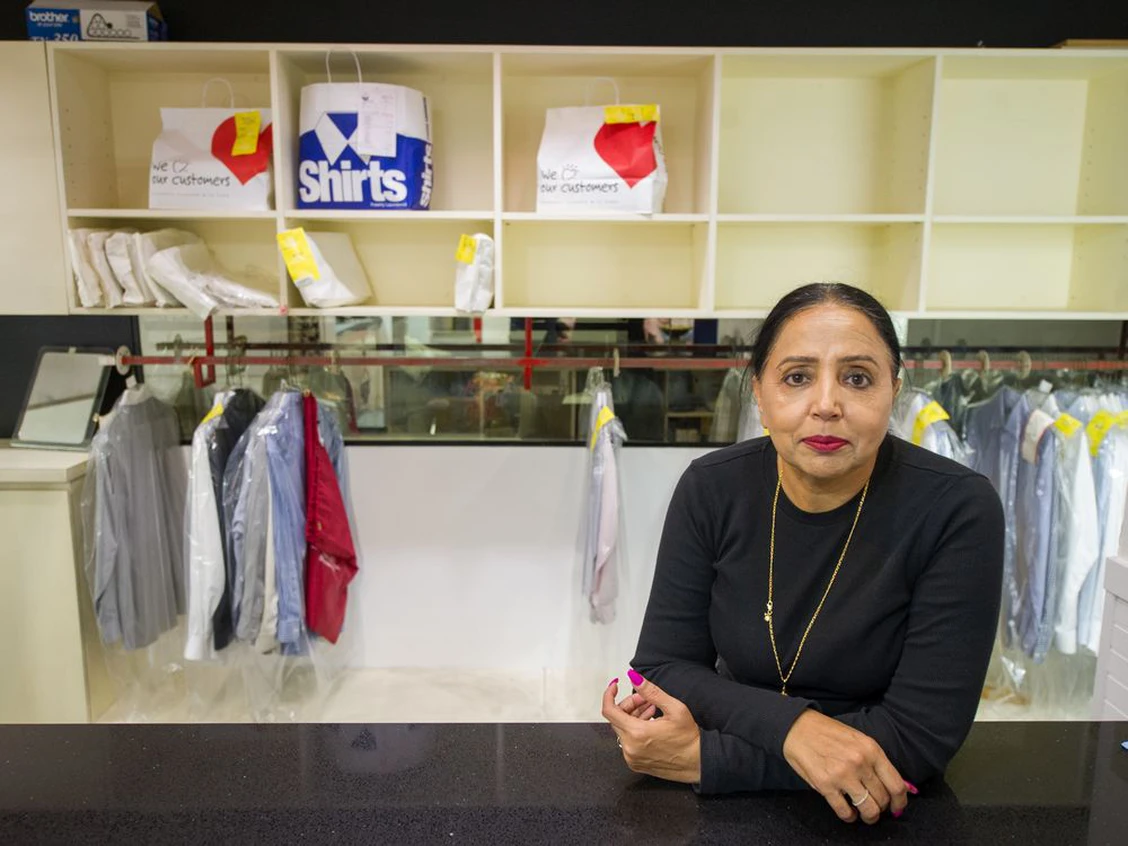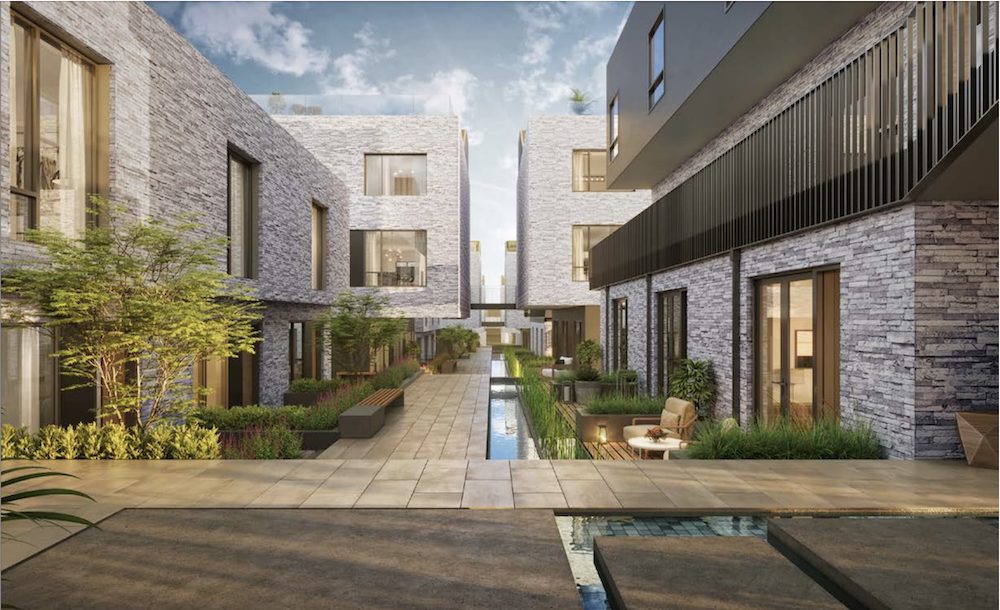Opinion: Thoughtful housing pipeline crucial ahead of Metro Vancouver’s population surge

JACKY CHAN
VANCOUVER
DAILY HIVE
JULY 19 2021, 7:04 pm
The Metro Vancouver region is expected to welcome more than one million additional residents by 2050, according to a recent planning report detailed to the board of Metro Vancouver Regional District.
The report projects that 3.8 million people will be living in Metro Vancouver within the next 30 years. This means roughly 35,000 newcomers will be arriving in our region each year.
Part of that growth will undoubtedly come from Hong Kong, where roughly 300,000 Canadians reside. As the political and rights situation there deteriorates for many, given China’s interventions into politics, law, and human rights, many Canadians in Hong Kong will start returning to Canada over the next few years adding to the already-rising population growth here.
These demographic changes represent a blessing and also a challenge — but one that solutions-oriented housing planning, development, and marketing efforts can help to manage. It is crucial for our community to welcome the newcomers, while maintaining a pipeline of new housing projects and community plans that contribute to a balanced housing ecosystem to keep up with population growth and evolving housing needs of our multicultural residents.
The Vancouver market, meaning city planners, developers, builders, home buyers, and sellers, should be preparing now to successfully harness rising housing demand in Metro Vancouver in the coming years.
To do that, developers and planners should be arranging various types of homes based on the needs and wants of future Vancouver homebuyers, assessing what type of homes will be required among different income baskets.
Cascading density with optimal services and connectivity
It is time to accelerate efforts to develop neighbourhoods that function properly and provide a mix of housing types and amenities that create a balanced mix of homes, services, shops and recreation.
Vancouver’s Norquay Village Neighbourhood Centre plan, approved by council 11 years ago, is now showing the results of thoughtful planning and development efforts to increase diverse affordable housing options, density, commerce, public spaces, and neighbourhood fabric.
The plan preempts rezoning and permissions for mixed-use residential and commercial towers along the Kingsway corridor, while facilitating low-rise, four-storey condominiums one block inside the neighbourhood, which then cascades down to a mix of townhomes, triplexes, and duplexes on the interior residential streets.
That type of change is happening in the neighbourhood with a blend of new shops, services, and public amenities emerging on Kingsway. The neighbourhood is well served by daycares, a public school, and a SkyTrain station. The early results are a thriving neighbourhood with more new homes, young parents, children, and activity than in recent past decades.
It is one thing to develop a holistic, functional area plan, it is another to ensure permissions and development follows the charted path. The Norquay Village plan is one that should be replicated elsewhere in the city as much as possible — East and West.
There are other examples of regional neighbourhoods that show how thoughtful planning over time can lead to increased density in places that people want to live. Olympic Village, Main Street and Mount Pleasant, Brentwood, Surrey Central, and Metrotown are all in various stages of emerging as neighbourhoods with a functional, diverse blend of homes, businesses, job space, services and amenities.
Economic recovery relies on immigration
To help push and pull Canada through the economic pains of the pandemic, the federal government said last fall it is targeting 1.2 million new immigrants to Canada over the next three years.
We need to break down the assumption that all or most immigrants are here for luxury real estate and investment. In fact, newcomers to Canada, like all Canadians, represent a diverse cross section of home buyers with a deep variety of motivations and spending ability. Newcomers, for the most part, are seeking safe, secure, affordable, well located homes for their families.
Immigrants also have a high propensity to start businesses and immigrant entrepreneurs are, and will continue, to create businesses and jobs for fellow Canadians at a time when job creation and economic growth are crucial.
It will be up to our local governments, land-buyers, property developers and housing marketing agencies to ensure we have the ideal ecosystem of housing that works for everybody.
To view the full article, click here.


